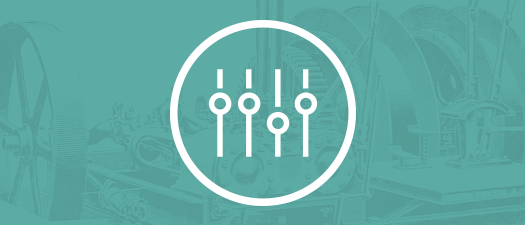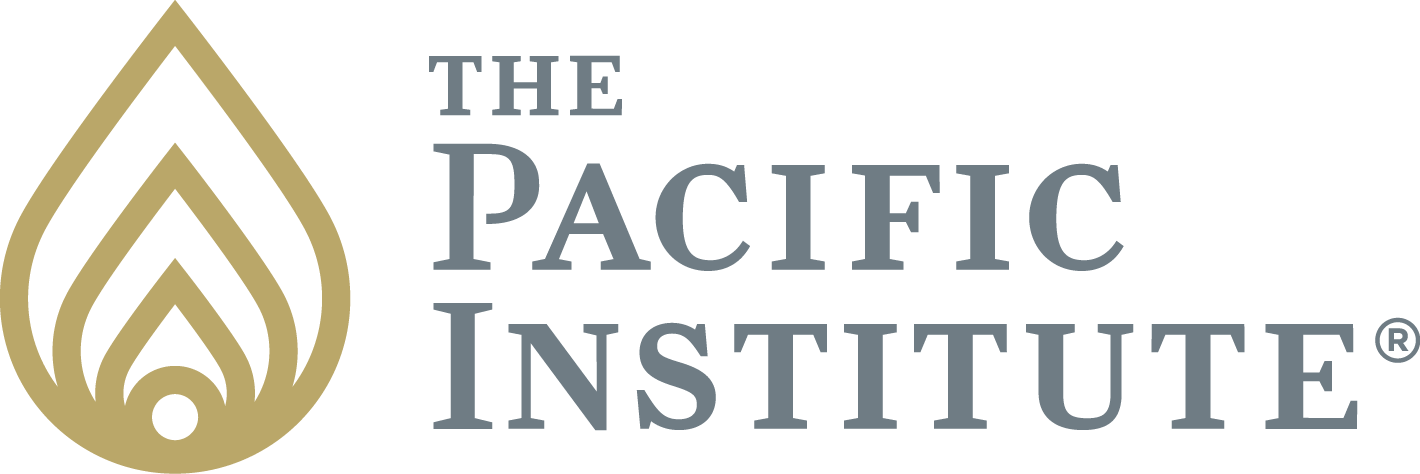Organizational performance is an ecosystem of the interdependency of leadership, culture and organizational design.
Our Process
Step One
Assess

Our engagement begins with discovery and gathering information to determine client needs. We use a variety of diagnostic tools to guide our assessment. When working with organizations we evaluate leadership, organizational alignment, and culture, and then provide the leadership with an analysis of our findings and recommendations.
Step Two
Align

Our engagements are built to benefit clients not only in the short term, but also in the years following initial implementation. We provide ongoing support to ensure new skills are being maintained to continually elevate performance.
Step Three
Engage

Our facilitators, consultants and project managers work closely throughout your organization to foster understanding of, enthusiasm for, and commitment to the programs designed in the initial two steps. We engage from top to bottom to ensure there is not just leadership support for those programs, but a champion throughout every team in your organization.
Step Four
Sustain

Once we identify your culture gaps, we develop programs specifically designed for your unique organizational and performance needs. This plan serves as a roadmap to achieve alignment and will address issues including reducing “legacy thinking” throughout the organization, aligning leadership around common visions and goals, and inspiring creativity, innovation and collaboration.
Testimonials
Robert Hellrigel
CEO, Senior and Community Services
Providence Health & Services
Christie Mueller
Mueller & Associates – President
New York Life – National Award Winner
Mike Pappas
CEO/President
The Keyes Company
Recent case studies
Caterpillar, Inc.
Discover how Sacramento County partnered with The Pacific Institute to rebuild trust, unify leadership, and empower over 13,000 employees with a mindset shift that changed the way they work—and live.
Sacramento County Government
Discover how Sacramento County partnered with The Pacific Institute to rebuild trust, unify leadership, and empower over 13,000 employees with a mindset shift that changed the way they work—and live.
Yakima Valley Memorial Hospital
Yakima’s objective in working with Inside Results and The Pacific Institute was to measure its culture against high performing organizations in order to identify areas that could be fine-tuned and in the words of CEO, Rick Linneweh, “keep the focus on continued improvement.”



